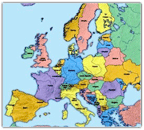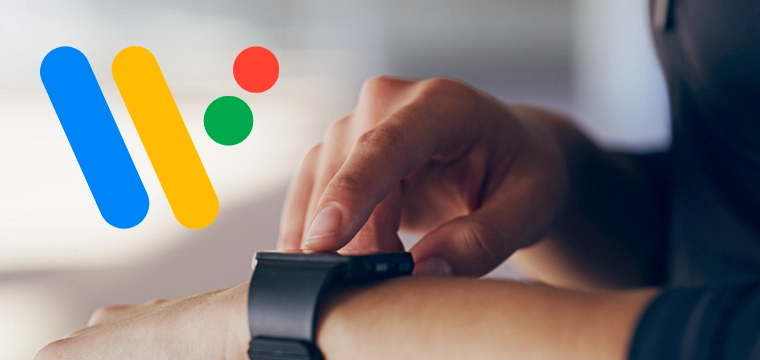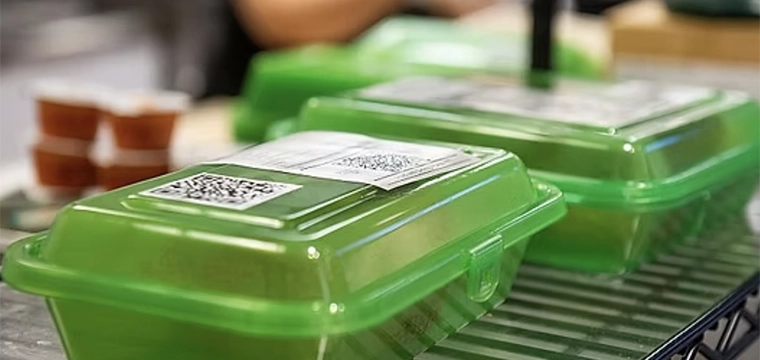 If Eugene McKenna at Waterford Institute of Technology in Ireland has his way, in the not too distant future one identification card is all students will need to access services at most European institutions of higher learning.
If Eugene McKenna at Waterford Institute of Technology in Ireland has his way, in the not too distant future one identification card is all students will need to access services at most European institutions of higher learning.
As McKenna, chief executive of campus services, explains, today a student who wants to transfer from one university to another has to carry with him “a folder containing all his academic credits and qualifications.”
That’s about to change. With the pilot program that’s ramping up, one student card is all that’s necessary. “It’ll be a student’s secure key to access the information on the server, which will be common to all universities,” says McKenna, who has been one of the driving forces behind this project.
That’s the eventual plan. But first up is the two-year pilot program, expected to kick off next year.
The standardization project is known as the European Education Connectivity Solution and the $2.1 million project was approved for funding by the European Union, which will put up 75%. The remainder will come from a consortium of five companies specializing in campus card systems, says McKenna.
“We are in the process of validating the companies which are acceptable before EU will release the money,” says, McKenna, chair of the European Campus Card Association’s Standards Committee.
The two-year program will test the validity of standardizing the type of campus card used in European universities is scheduled to begin in January.
 Europe-wide standardization of campus cards is the brainchild of the ECCA, founded six years ago. It was modeled after the National Association of Campus Card Users in the U.S., and now has more than 500 members representing some 5,000 higher education institutions. “When it was founded in 2002, its main goal was to get standards in place,” says McKenna.
Europe-wide standardization of campus cards is the brainchild of the ECCA, founded six years ago. It was modeled after the National Association of Campus Card Users in the U.S., and now has more than 500 members representing some 5,000 higher education institutions. “When it was founded in 2002, its main goal was to get standards in place,” says McKenna.
The European campus card system is obviously still in its infancy. “We’re maybe 15-years behind the U.S.,” he says. But Europe has been “more aggressive in utilizing advanced technology, such as contactless” as opposed to its U.S. brethren. “When we think of contactless chips, it’s generally accepted that Europe is ahead in that area.”
And while the technology may be more advanced, there aren’t any standards. “Some of the more successful campus card projects in Europe are home-grown,” says McKenna. “Every campus is developing its own system. There is no such thing here as an off-the-shelf campus card system. We don’t have the Blackboards or CBORDs.”
In the trial phase, students from Waterford and the Technical University of Lodz in Poland, two members of the consortium, will become like exchange students. “They’ll be able to use the same card. That’s part of the pilot project,” he says.
To prove the successful completion of this pilot it will be necessary to have a live test environment involving a higher education institution in two separate European countries, says Kate Kelly, OneCard Solutions, Ireland. OneCard is one of the five card providers involved in the consortium.
The card will be based on NXP Semiconductors’ Mifare technology. “If the trial is successful, the system will be licensed to card systems around Europe for various integrators to use,” says McKenna.
If all works out as expected, Mifare will be the standard but that doesn’t mean colleges will have to adopt that standard, says McKenna. It will simply be a recommendation.
Why Mifare? “It was chosen because it dominates Europe,” says McKenna. “One of the first tasks was to establish a standard card and we recommended Mifare, although it’s quite possible we’ll use other systems too.”
 He doesn’t feel security is a problem. “We’ll never place money on the chip. It’s just a secure key that will be used to access the system in the back office. (The chip) won’t include any personal information that someone else can use. It will have a unique student number that goes on the card and the Mifare chip will have security in place to protect it,” he adds.
He doesn’t feel security is a problem. “We’ll never place money on the chip. It’s just a secure key that will be used to access the system in the back office. (The chip) won’t include any personal information that someone else can use. It will have a unique student number that goes on the card and the Mifare chip will have security in place to protect it,” he adds.
But universities will be able to add other applications to the card, says McKenna. For example, if a student wants access control and meal plans on the card, “he brings it to the university and the university will program it for their system.”
Other applications could include printing off the Web, online purchases, using the Web to purchase lunch or a pizza, adds McKenna.
Besides Waterford Institute and Lodz, the University of Zagreb in Croatia is the third university involved in the consortium. All three schools are deemed research centers. “We wanted to get a group that’s spread all over Europe,” says McKenna.
One campus card provider and a consortium member which has a head start is OP Team in Poland. It has already issued some one million student ID cards to 450 universities, colleges and high schools there. A reseller of Gemalto products, many of the universities are also issuing cards that can be used at other schools in Poland.
The pilot project aims to prove that standardization works and possibly jumpstart other initiatives across Europe, adds McKenna. “I do believe a European standard will have a great benefit for the card programs across Europe,” says McKenna. “Quite a number of universities have been waiting for standards. When you don’t have standards, you don’t have successful card systems. I also believe that development of a standard might lead to development of bigger (campus card) companies.”
Kelly concurs. “This type of project is vital both for the mobility of students across Europe and also for the business potential of campus card vendor companies. The standard product will create huge business potential for campus card vendors across Europe.”




